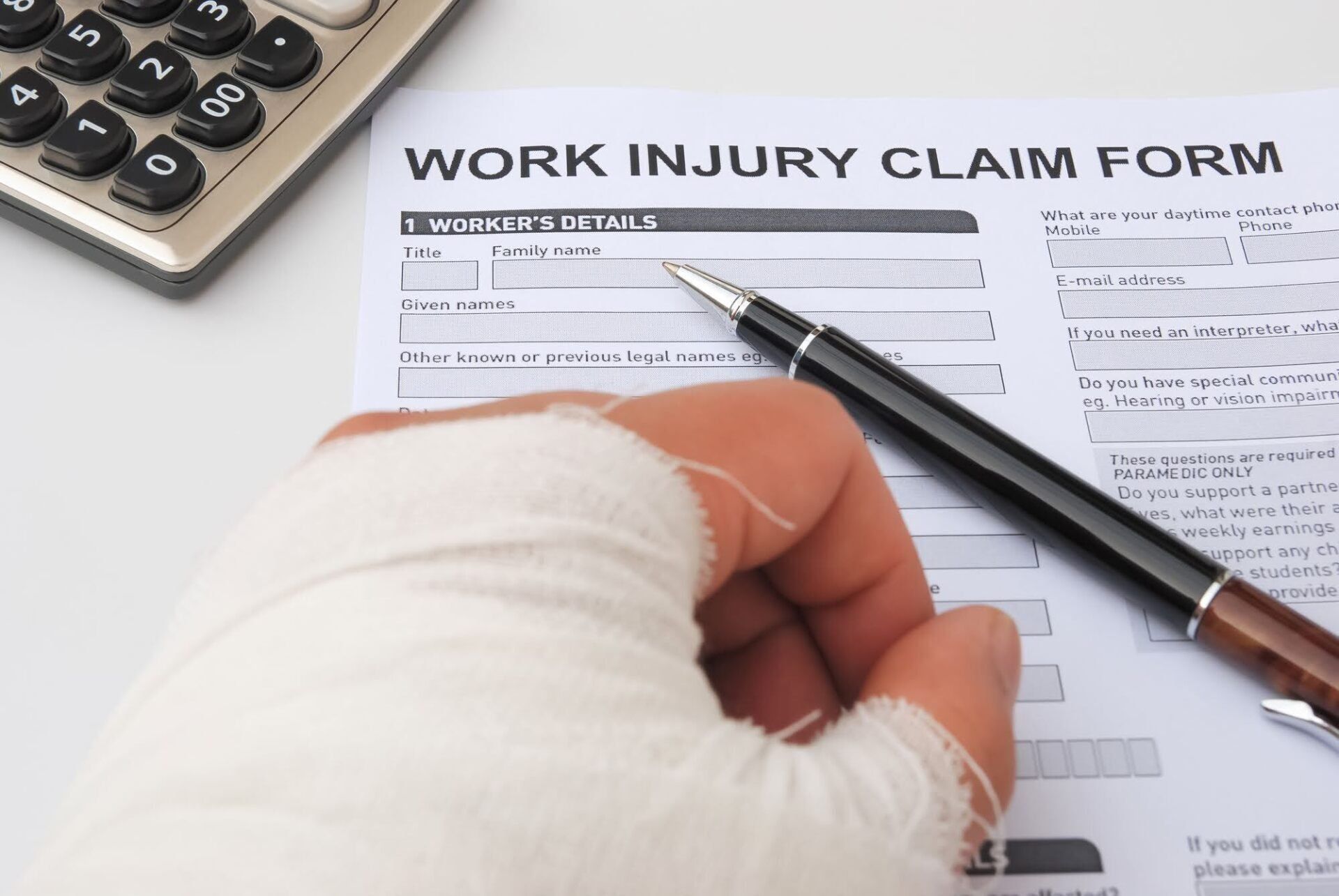Your Right to a Safe Workplace: Understanding OSHA

No matter what your job is, your employer is required by law to make it safe for you to work. The Occupational Safety and Health Act of 1970 (OSH Act) was made to prevent workers from being injured or killed in the workplace. This law created the Occupational Safety and Health Administration (OSHA).
OSHA is there for you, your safety, and your legal protection. Read on to understand OSHA and your legal right to working conditions that are free of danger.
Know Your Rights
The OSH Act and its enforcement agency, OSHA, place worker safety under strict government protection. OSHA offers training and assistance to employers but exists for the rights of employees.
Your OSH Act Rights
Here are a few of your basic rights under the law:
·You have the right to basic training on equipment and procedures in a language you can understand. If English is not your primary language, your workplace must provide an appropriate translation.
·You have the right to file complaints with your employer anonymously and without repercussions.
·You should be able to participate in OSHA inspections and have the ability to speak privately with inspectors.
If any of these rights are restricted at your workplace, your employer could be in violation of OSHA.
Your Employer OSH Act Mandates
Your employer is required to follow several important rules. They must:
·Display the official OSHA poster detailing your employer rights
·Regularly test air quality and other environmental standards, where required
·Provide appropriate training, alarms, labels, and signs regarding potential workplace dangers
·Report injuries, illnesses, hospitalizations, amputations, eye injuries, and death
If your employer fails these mandates and accidents occur, you could have a case for employer negligence.
Evaluate Your Workplace Conditions
When you know your rights and the responsibilities of your employer, you can take charge of your safety and health and check for OSHA compliance at your workplace.
Common Workplace Hazards
According to a comprehensive workers’ compensation study, material handling, trip and fall accidents, object collisions, tool use, and repetitive trauma are the top five causes of workplace injury. Manufacturing, construction, agricultural, and health care jobs often top the ranks for workplace injury claims. However, all workplaces can pose potential risks that should be evaluated.
Workplace Hazard Evaluation
Although you may perform a job with some inherent dangers, these should be controlled as much as possible. Ask yourself a few important questions:
·Do I receive proper training on the equipment I am required to use?
·Am I given proper personal protective equipment (PPE), such as masks, earplugs, gloves, and hard hats?
·Does my workplace have adequate ventilation and climate control?
·Are complaints treated with respect by my supervisor?
·Have I seen injuries happen or heard my coworkers complain of chronic pain and health issues that could be job-related?
·Have my coworkers been disciplined or even fired over safety complaints?
·Do I feel safe and protected at my workplace?
If you answer no to any of these questions, you may need to take action to protect your rights.
Stand Up for Your Rights
If you find that your employer is in violation of your OSHA protections, you can take action in the following ways.
Report Hazards
If you notice unsafe working conditions, you should report them for both your safety and that of your coworkers. You can report unsafe conditions, such as:
·Excessive heat
·Missing guards on equipment
·Lack of proper safety signage
·Slippery surfaces
·Heavy fumes
Seek Legal Help
Several employer actions, whether direct or due to negligence, may qualify you for monetary compensation:
· Illegal disciplinary action. You are unfairly targeted when you speak out about or report workplace risk.
· Illegal termination. You've been fired for being a whistleblower, exposing safety hazards, or refusing to perform tasks under unsafe conditions.
· Workplace Injury. You received a direct injury, such as a cut, sprain, break, burn, or concussion. You received the injury due to hazardous conditions, excessive strain, missing or faulty machinery guards, or the lack of proper PPE.
· Chronic health issues. You suffer from health problems caused by dangerous workplace exposure levels, like chemical fumes, dust, and other toxins. You suffer from ailments like arthritis, tendinitis, and back pain due to excessive job task strain.
If any of the above situations apply to you, or if you have questions about potential OSHA violations at your workplace, contact the Law Offices of David A. Helfand, P.A. Our legal team can help you take the action required to ensure your employee protections.
CONTACT US
We will get back to you as soon as possible
Please try again later
CONTACT US
We will get back to you as soon as possible
Please try again later
Office Hours:
- Mon - Fri
- -
- Sat - Sun
- Closed










